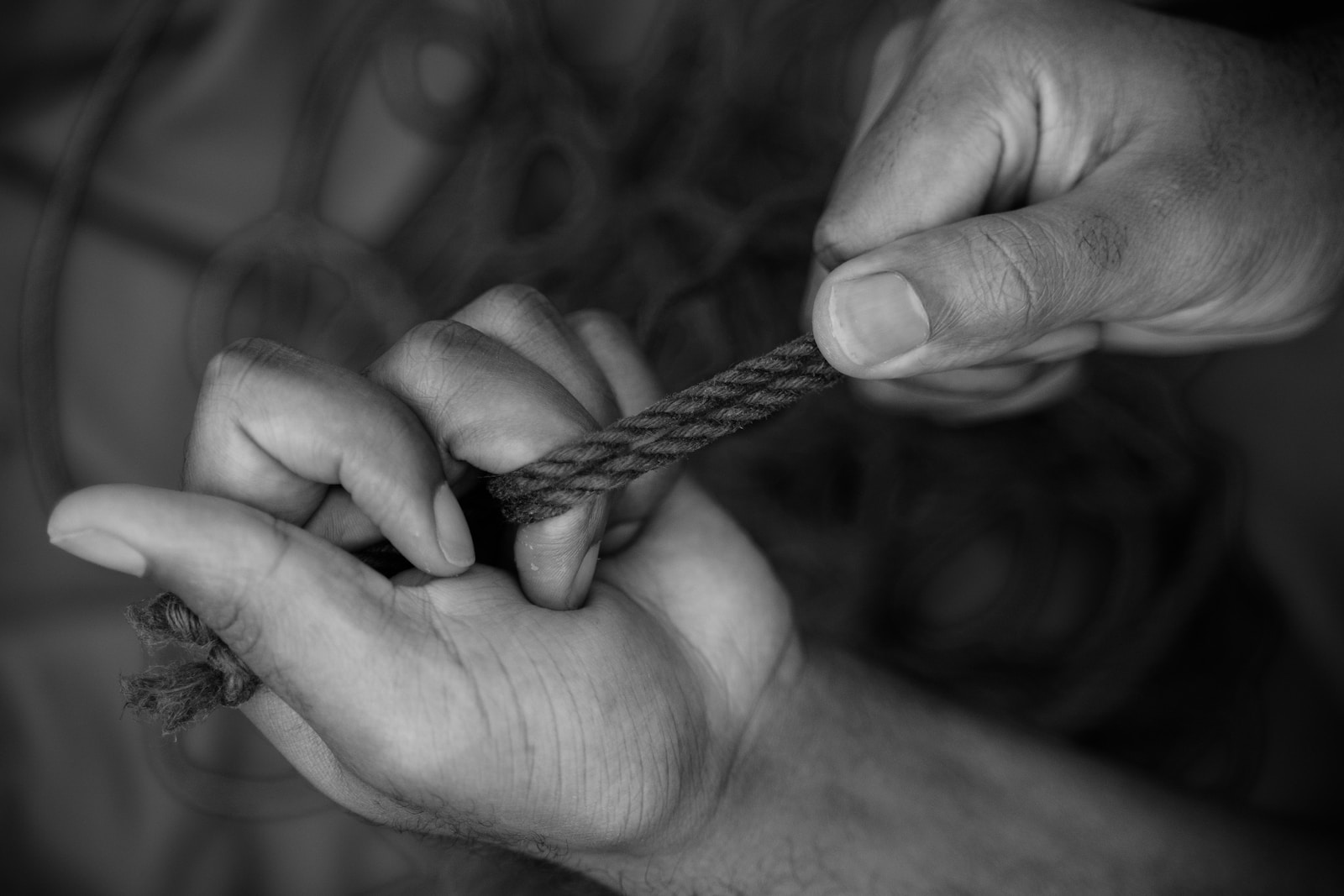Domination is an element of BDSM often associated with bondage, discipline, dominance, and sadomasochism. It involves the mental, physical, and/or emotional manipulation of one person by another to create sexual or erotic pleasure in both parties.
It can include anything from cheeky funishments (such as a light spanking) to the strict discipline and correction techniques you might find in a Master/slave relationship.
The Dominant’s Role
A Dom’s role is to make the sub feel safe, secure and cared for. This includes fostering her naturally submissive instincts, disciplining her and giving her pleasure, all in a way that doesn’t exploit or emotionally abuse her. It also means setting boundaries and communicating clearly.
Often, the boundaries between a Dom and sub are set through a series of negotiated power exchanges that are consensual, but erotic. These might be bondage scenes, sensory play or punishment scenes. Some kink communities, including those found on KinkTok, may be particularly active in these areas, and the BDSM community as a whole is expanding. Despite this growth, though, consent remains central to the Dom/sub dynamic, as it separates BDSM from sexual sadism disorder and coercive sexual masochism.
A good Dom will be aware of the boundaries between physical and emotional pain, and they will work to give the sub control over the scene and their own experience. This is sometimes achieved through the use of a safeword, which is usually a code word or phrase that indicates when the dominant is overstepping physical or emotional boundaries.
A Dominant will also be mindful of their impact on the community at large, and they will be sure that their role is not seen as cruel or sadistic. This is a complex task, and a true Dominant will be careful to use their power not as a tool of destruction but as a means of shaping the desires and hopes of those around them.
The Submissive’s Role
The submissive’s role is to obey and please the Dom. This may involve many things including, but not limited to, sex and non-sexual play. The sub might serve the Dominant by providing food, cleaning, escorting or even taking care of him in ways other than sex. She might also take orders from the Dominant, but not just in sex situations, such as being told what positions to assume during play, a ‘play room’ or on an outing. She might wear a collar, dress in female clothes or other types of D/s fetishes.
The responsibilities of the submissive can be complex and are often negotiated between partners. The dom must make it clear what is expected and be open to suggestions from the sub. However, the dom must not be pushy or demanding. He should also be able to empathize with the submissive and understand their needs, desires and limits.
When the dom and submissive meet to discuss their roles, it’s important for both parties to have well-defined boundaries, Queen adds. They should sit down and agree on what each is comfortable with, including how to respond to pain and a safe word that will stop the scene from continuing beyond the point at which the sub is no longer happy. A safe word can be a physical gesture, a series of code words or other signal that indicates the Dominant’s understanding that the sub has reached their limit and is uncomfortable.
The Dominant’s Responsibilities
Doms are responsible for maintaining the health of their bodies and minds, as well as ensuring that any physical stimulation they administer is within acceptable limits. They are also responsible for setting and enforcing boundaries, checking in with their sub before and after scenes, and providing aftercare.
It’s also the Dominant’s responsibility to be a good role model, and to make sure that they treat their subs with respect. “Dominant BDSM is not about belittling or bullying,” says sex educator and transpersonal psychologist Antonia Hall. It’s about exploring dominance and power through a consensual power exchange.
A good Dom is willing to listen and learn about their submissive(s), and to take the time to respond to their desires, hopes, needs and wishes. “They are also not afraid to say no,” says Boyajian. “If someone starts playing before setting any kind of negotiation or boundaries, that’s a red flag,” she adds.
Doms can use their authority in a variety of ways in and out of the bedroom, from bondage and sensory play to discipline and punishment. They may also use age play, where they act as an older caregiver (mother, father, aunt/uncle or nanny) over a sub who plays a younger role, such as a toddler or child. They may also play a Master/pet dynamic, where the Dom acts like a pet owner and the sub is a little “pet.” Regardless of what scene they choose to play, they must always have consent from their sub.
The Submissive’s Responsibilities
As a sub, your pleasure often comes from being overpowered and dominated, so you enjoy surrendering to the leadership and direction of your dominant partner. You may find it arousing to be so wanted and loved by your Dom that he can’t help ravish you. Your role as a sub may also include consensually agreeing to participate in sexual activities that are outside your comfort zone.
As with any relationship, clear communication and negotiation are key. Before beginning a BDSM dynamic, you and your dominant partner should have a discussion about boundaries, limits, hard no’s, and a safe word if things become uncomfortable. This will allow both of you to end the scene or relationship at any time if you need to.
You might also have a contract or a written document laying out the roles and responsibilities in your dynamic. This will provide both of you with a sense of security and structure that can give you confidence in the safety and success of your relationship.
Whether you are the Dom or the sub, a key responsibilities is to respect and treat your partner with kindness, patience, and compassion. This will build trust and increase the likelihood that your BDSM experiences can be fulfilling and satisfying. It will also help you avoid going overboard and becoming a domineering bully, which is a common misstep in BDSM.




